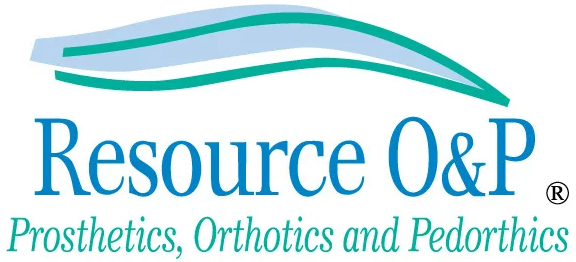Frequently Asked Questions
Check out the common questions below, and feel free to reach out directly with additional questions!
General Questions
How soon after my amputation will I become mobile?
It depends on how quickly you heal. If you have good circulation and no post-operative complications, you might be ready to use a temporary prosthesis within 5 or 6 weeks after surgery.
Who is the rehabilitation team?
It is an entire group of specialists. Generally it consists of your physician and prosthetist or orthotist and a physical therapist. Other specialists might be included depending on your needs, like an occupational therapist, rehabilitation counselor, wound care specialist, and social worker.
When will I be ready to receive my permanent prosthesis?
How will my prosthesis stay on?
How often should I see my orthotist or pedorthist after my device is delivered?
My device needs an adjustment. Do I need to see my physician?
Can I take a shower with my prosthesis on?
I can still feel my toes even though my leg has been amputated.
What shoes are recommended with my prosthesis?
How should I wash my prosthetic socks?
My prosthesis now needs more socks than it did at first in order to fit correctly. Can it be adjusted so that I don't have to wear so many?
Should my artificial arm have a hand or a hook?
What is the difference between a body-powered and a myoelectric arm?
There are two options for operating the terminal device and/or elbow components of a prosthetic arm. Body powered prostheses use a custom-designed harness and stainless steel cable to operate the terminal device and elbow. A myoelectric prosthesis has electrodes built into the limb which use the tiny electrical signals from the muscles to signal small battery operated motors which in turn move the terminal device and/or elbow – no cables or harness are necessary. Each system has advantages, and some amputees have both a body-powered and a myoelectric limb.
Can I continue to enjoy sports with my prosthesis?
About Our Services
Therapeutic Footwear
Pedorthics is the design, manufacture, modification and fit of shoes – and foot orthoses – to alleviate foot and ankle problems caused by trauma, overuse syndromes or disease. Pedorthics uses footwear, including foot orthoses to help ease foot problems.
Orthotics / Pedorthics
At Resource O&P, our goal is to help you achieve the highest levels of independence and function for patients of all ages and abilities. We have on staff practitioners who provide the highest levels of service and patient care available in the field of orthotics.
Prosthetics
Resource O&P is committed to individualized patient care. Every situation is unique and each patient has a very personal set of needs and goals in their prosthetic care and rehabilitation. Our highly trained and experienced specialists begin with patient assessment.
